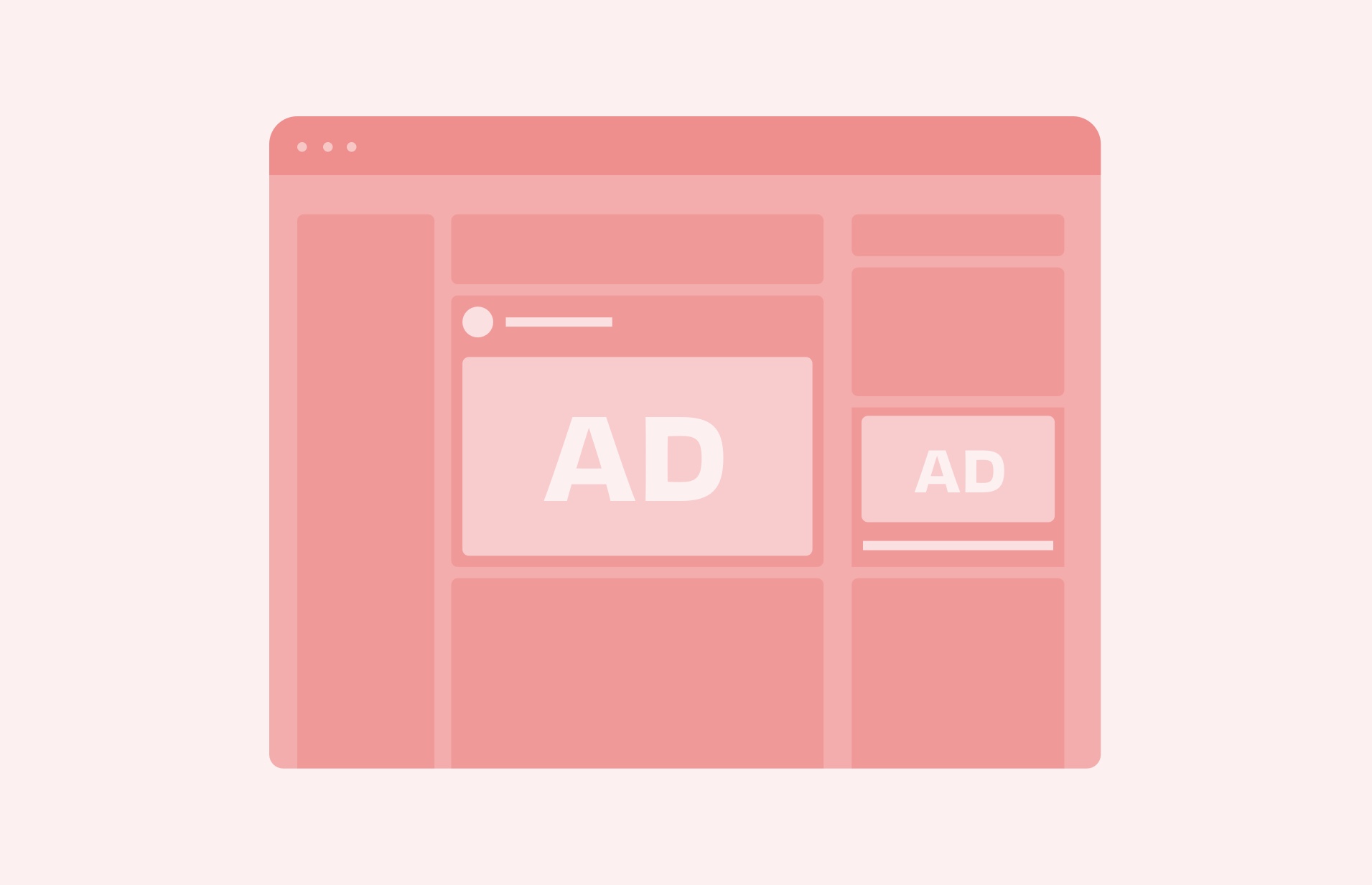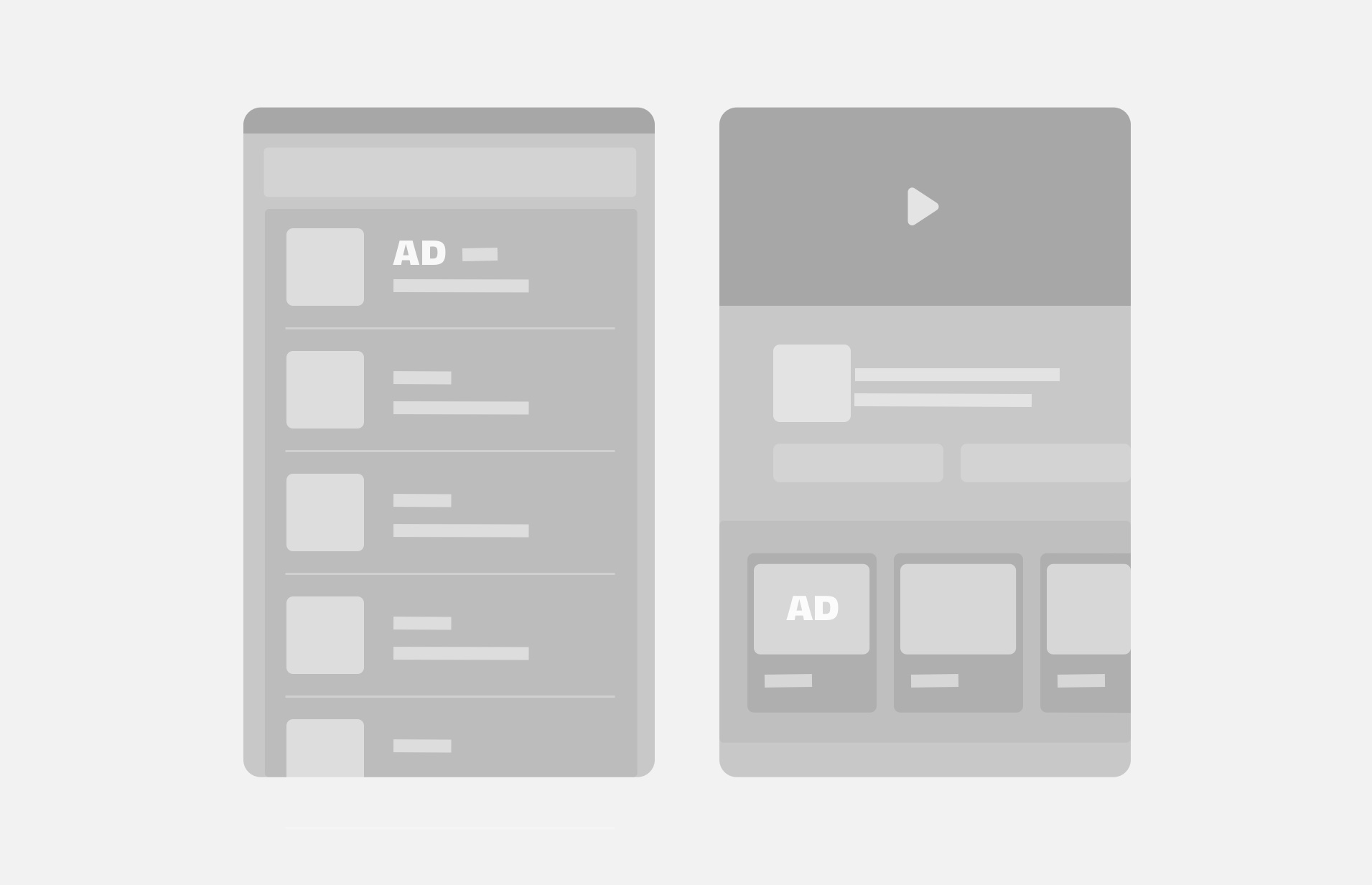
PPC
Digital Advertising can be a highly visible and measurable vehicle to brands’ online and offline success. Pay-per-click (PPC) advertising enables a brand to showcase its products and services in front of audiences that are already looking for them.
PPC, or Pay-per-click, is a digital advertising channel that serves a brand’s ads to potential customers across search engines like Google and Bing, associated platforms like YouTube and Gmail, and shopping services such as Amazon. The key concept that drives targeting is the potential customer’s search intent and the method of costing is in the name of the channel – an advertiser only pays if the prospective customer clicks on their ad.
Introduction to PPC
PPC ends up being a persistent marketing strategy cornerstone of nearly every brand that has objectives associated with its online presence. Among the reasons why is that PPC is:
- Fast – PPC can be started or stopped quickly and changes to activity can also be made with an equal speed
- Scalable – a brand can use PPC to support any percentage of its offerings as well as choose to increase or decrease them at any time or opportunity
- Measurable – at any point in time a brand can review real time results from it’s PPC activity, can add tracking to measure more goals, and can use analytics to understand cross-channel impact
PPC’s impact on online business has been well documented and analysed by industry researchers, providing a wealth of information to assure brands in their decision to utilise the channel
- 74% of brands say PPC is a huge driver for their business (State of PPC 2019/2020, 2019)
- Companies spent $106.5 billion on search advertising globally in 2019 (Statista, 2019)
- Search ads increase brand awareness by as much as 80%. (Google, 2014)
At Diffusion Digital, we help our clients imagine and realise beautiful and highly-functioning websites and digital platforms. To support them in driving traffic and conversions to those, we strategise exposure from organic (SEO) and paid (PPC) search to ensure every buck brings a bang in both the immediate and the long-term perspective.
Types of PPC
Different brands have different online objectives and thus for most, in not all of them, there is a PPC ad type to suit:
Search Ads – the classic bread-and-butter of the PPC world, the ad that shows based on a user’s search intent. The advertiser monitors how their target audience searches for relevant products or services and elects to serve its ads to them in the most appropriate of those instances. The most popular place for such search ads is the juggernaut of search engines, Google, but depending on the business’ appetites and setups, other search engines like Bing or Baidu could be very valuable as well as shopping platforms like Amazon, which is a purchase intent-first search engine in its own right.
Feed-based Ads – are you an eCommerce or a Hospitality brand? You can put all your products and all your rooms in a feed form and use it to dynamically serve ads on properties like Google Shopping, Bing Shopping, and Google Hotels where the ad will show not only an image of the offering but also key enticing information such as pricing, availability, offers, etc. all contained and dynamically updated via the feed.
Display, Video & Discovery Ads – looking to increase brand awareness across target audiences that have shown interest in your industry? Are you trying to entice people who have integrated with your brand before to convert by reminding them of your products and/or services or offering them a discount? Wanting to achieve that via rich visual formats? Search engines’ related properties and environments such as The Google Display Network, Gmail and YouTube can host visual and video ads activated via PPC Advertising platforms to achieve just that.

App Install/Engagement Ads – if an app is the core product offering of a brand, or a desired method of communication, information sharing or client management, said brand can activate app-focused advertising to incentivise the install or further engagement with their app both for app stores like Google and Apple or third party networks like Bing.

PPC at Diffusion Digital
With PPC being such a powerful and widely-used digital advertising channel, there are a million-and-one ways to plan, activate and manage it. At Diffusion Digital, we look at PPC as an integrated part of a brand’s digital strategy, supporting web design and development objectives and working collaboratively with the rest of the marketing channel mix to deliver overall results. We focus on identifying business objectives and developing strategies to deliver them while managing and optimising based on analytics of real-time results. This approach has led us to formalise the following PPC guiding principles:
- Alignment – Building highly targeted execution plans to address and improve the performance of the brand against business objectives.
- Architecture – PPC activity structure should be approached as a building architecture plan to support the performance that will live in it.
- Relevancy – Everything that a potential customer sees in a PPC ad needs to be highly relevant and targeted to the search intent, the brand message and the product offering.
- Testing – Constant analysis of performance, optimisation and testing ensures an ever-evolving activity that addresses business needs.
- Integration – PPC strategy and performance needs to be an active part of a brand’s digital marketing channel mix to ensure collaborative marketing efforts and results.


